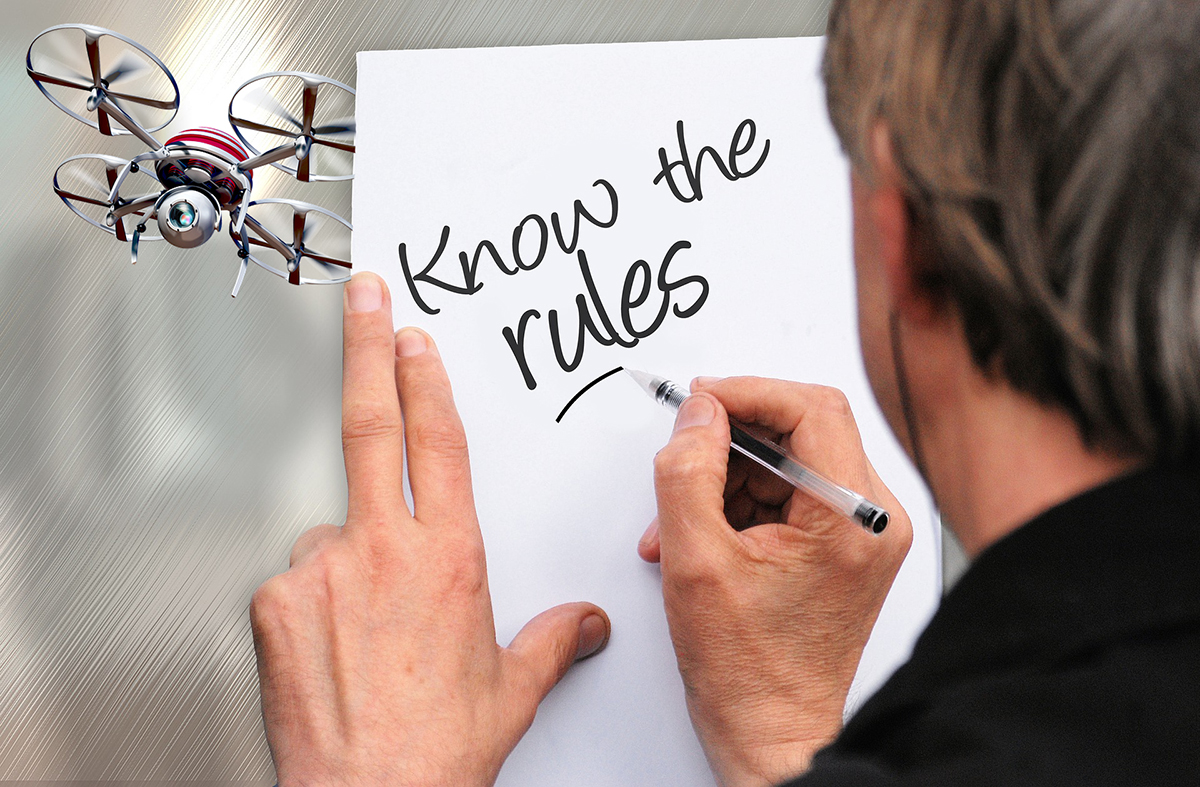On March 28 Bard College, a private higher education institution located in the town of Red Hook, NY, released the first in a three-part series of a very comprehensive study on the current status of state and local laws that are being implemented throughout the USA and might present a potential conflict to the FAA’s Part 107. Bard has been at the forefront of the drone industry from the beginning with the creation of the Center for the Study of the Drone with the idea of enticing students to join this growing and exciting field.
We just connected with a couple experts from the Heritage Foundation to take a closer look at what it will mean to enact sensible drone regulation on a federal and local level, but this report is centered on some critical local details related to regulation. It focuses mainly on the 133 localities that have enacted drone laws or rules and offers a brief analysis of the meta-data in terms of potential conflicts with the FAA Part 107. The entire list of localities can be found here.The authors of the report feel that the state and local drone legislations being enacted since 2009 seem to be motivated by the perception that the FAA’s Part 107 is not comprehensive or strict enough to satisfy local standards in terms of the prevention of abuses. Only a handful of these local laws were implemented in 2012, 2013 and 2014 but the trend has accelerated with 34 ordinances passed in 2015 and 58 in 2016. It appears that this acceleration is here to stay, but things are changing rapidly on all sides of the issue.It is interesting that not only local legislation might be in conflict with federal law but also in contravention of state laws. To that effect seven states, Arizona, Delaware, Maryland, Michigan, Oregon, Rhode Island and Virginia have enacted legislation prohibiting local authorities within their state jurisdiction from enacting rules aimed at regulating the use of drones. What drone regulation looks like in different states is an issue that has and continues to complicate this matter.Along those same lines, four states, California, Nevada, Minnesota and Tennessee, have declared state sovereignty of their airspace, “unless granted to the Federal Government pursuant to a constitutional grant from the people of the state.” (http://www.rtca.org/Files/Miscellaneous%20Files/DACTask1_Feb2017_Roles-and-Responsibilities.pdf)One clear conclusion from the report is the fact that these state and local laws are mainly aimed at the non-commercial users of drone technology and that legislators are more preoccupied with privacy and private property invasion than legal, commercial uses of UAVs in their jurisdictions. The 133 localities in 31 states throughout the USA are home to an estimated 30 million people, or roughly 10% of the population of the country, so it seems that the issue is not as widespread at it appears to be. The worrisome statistic is that only three of the 133 have enacted legislation to actively promote the use of drones. Therefore it could be concluded that these local legislators are more concerned with safety and privacy than with the commerce benefits that this new technology might bring to their jurisdictions.In other words, what we have in the USA is multilayered array of legislations that might affect the rightful exercise of a commercial activity under federal law. It is our strong recommendation that before you exercise your right to perform a flight under Part 107, you find out the local and state laws that might affect the area where your flight is taking place.Subscribe
The information you submit will be stored and used to communicate with you about your interest in Commercial UAV News. To understand more about how we use and store information, please refer to our privacy policy.
April 18, 2017
Insights Around a New Report on State and Local Drone Laws















Comments